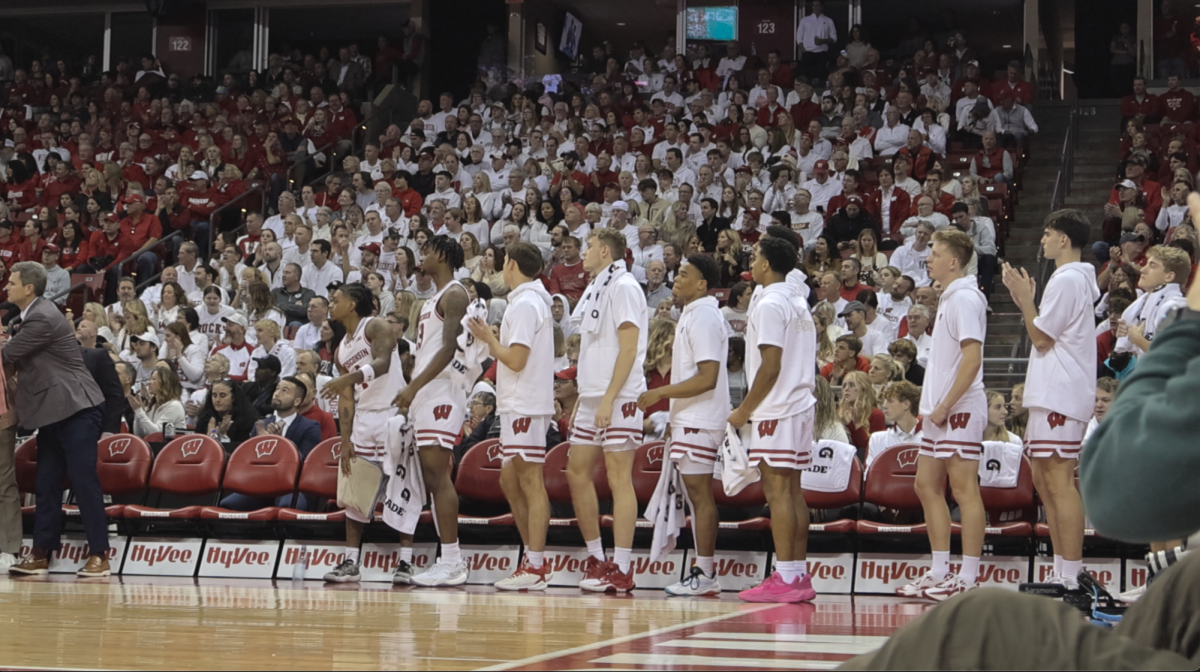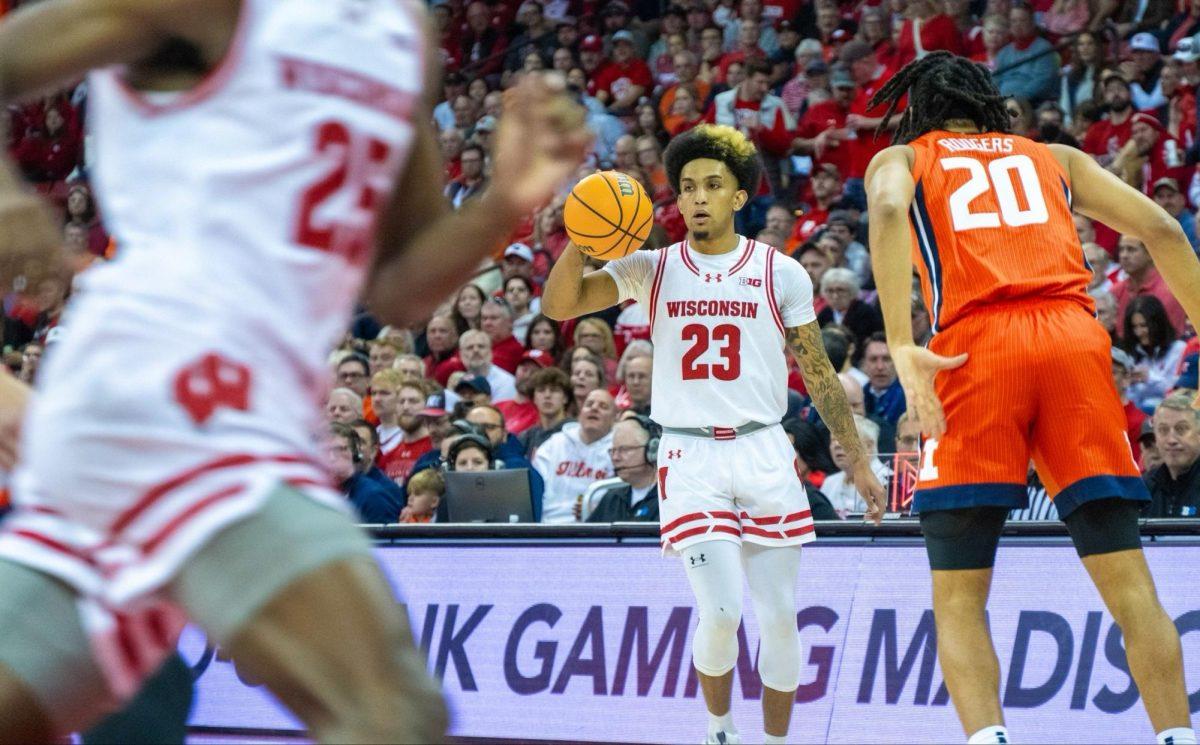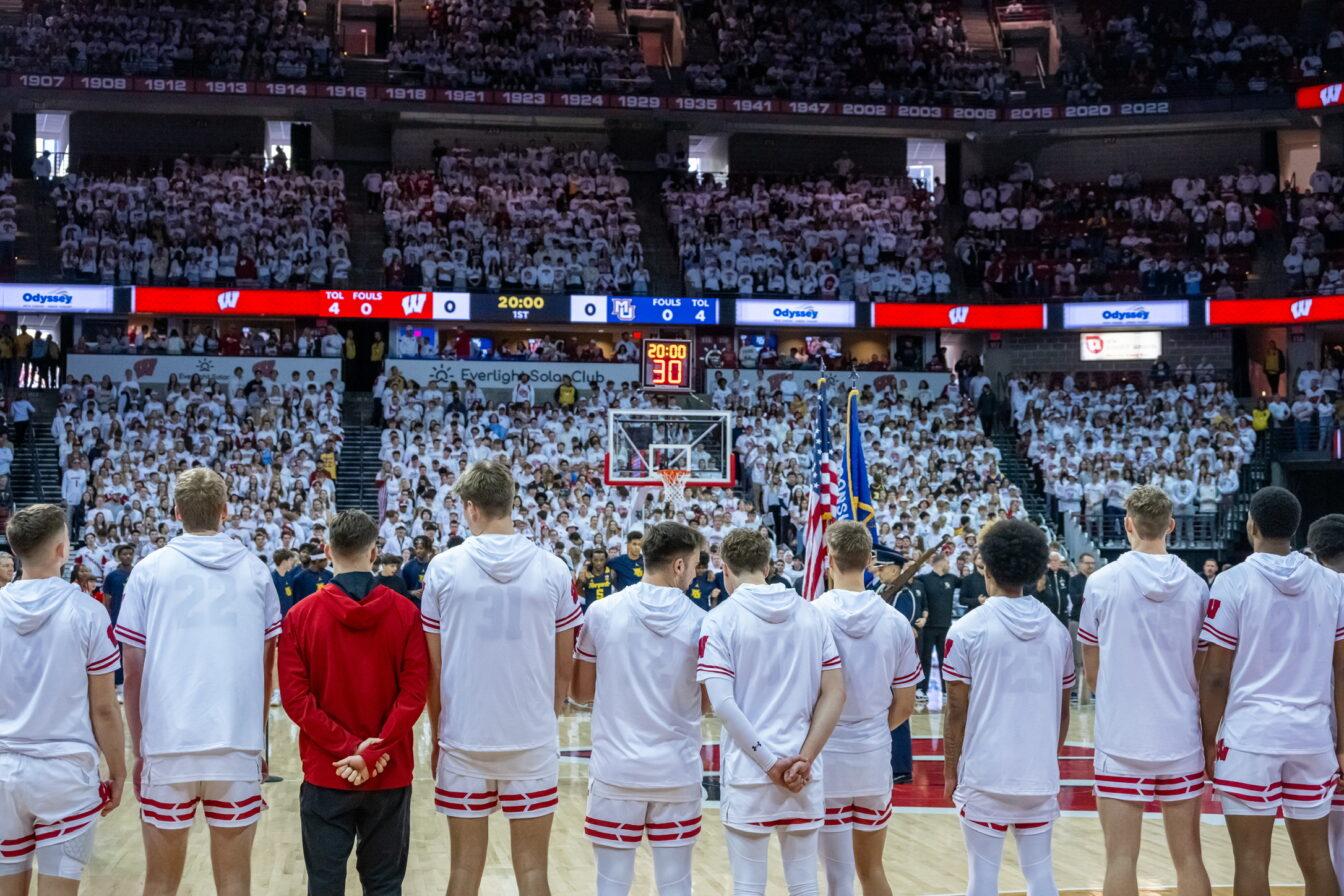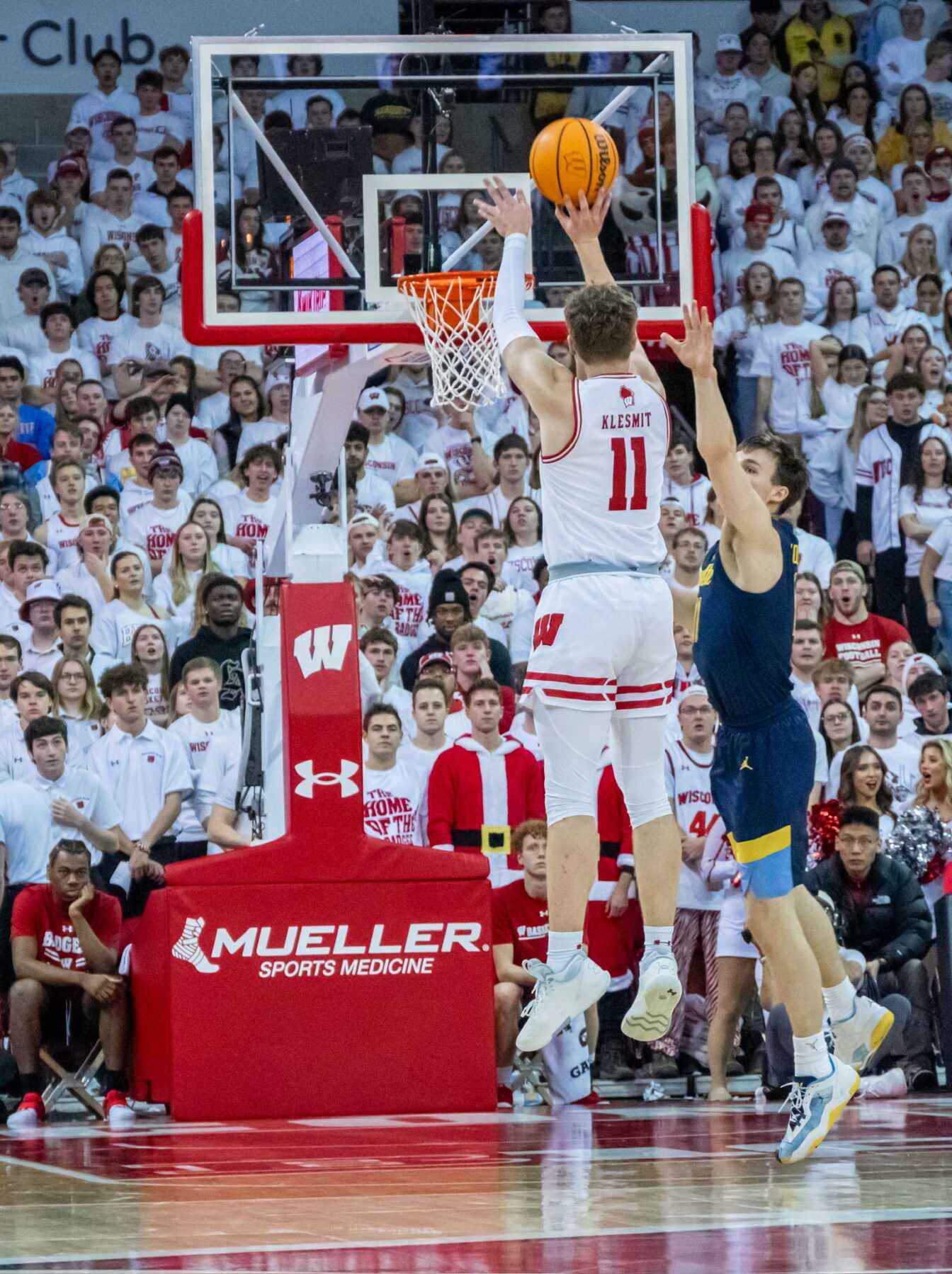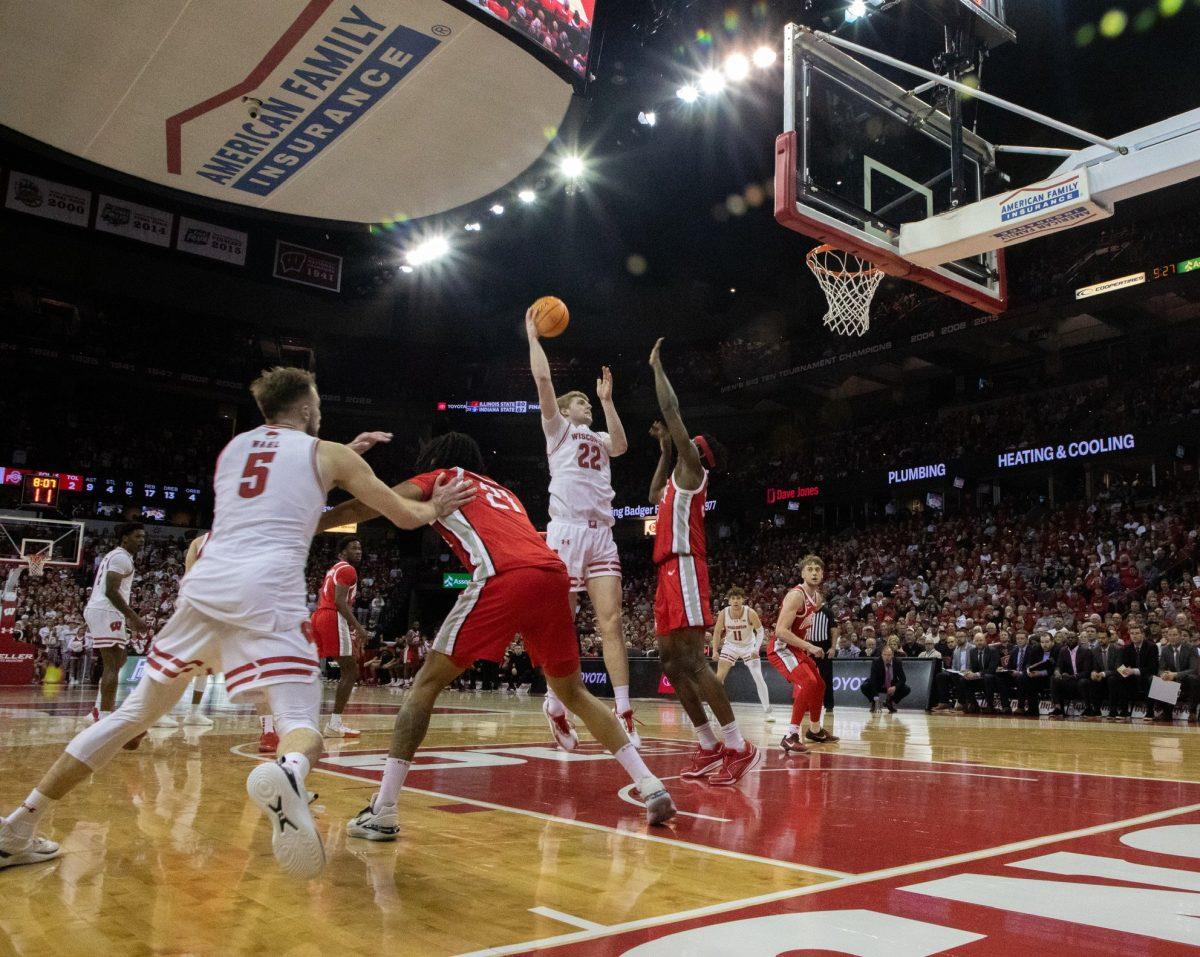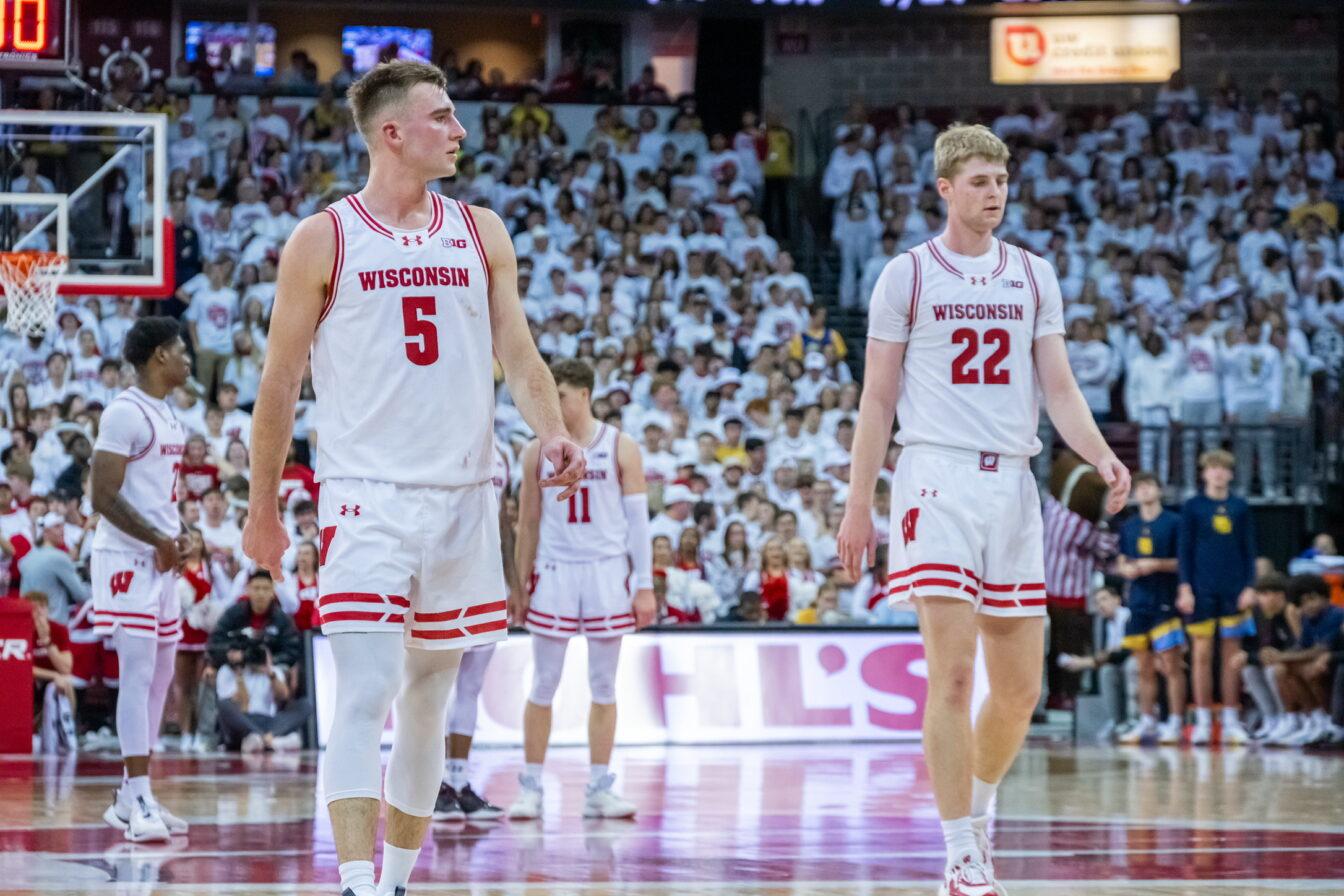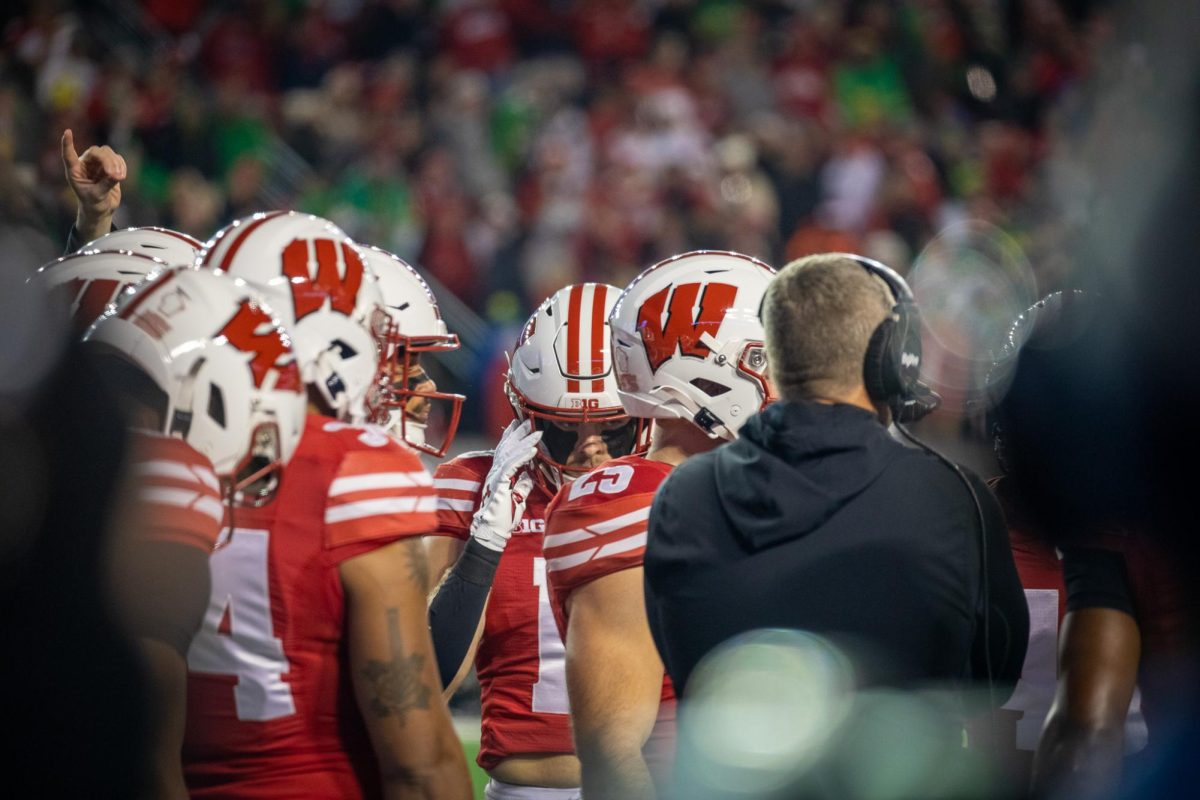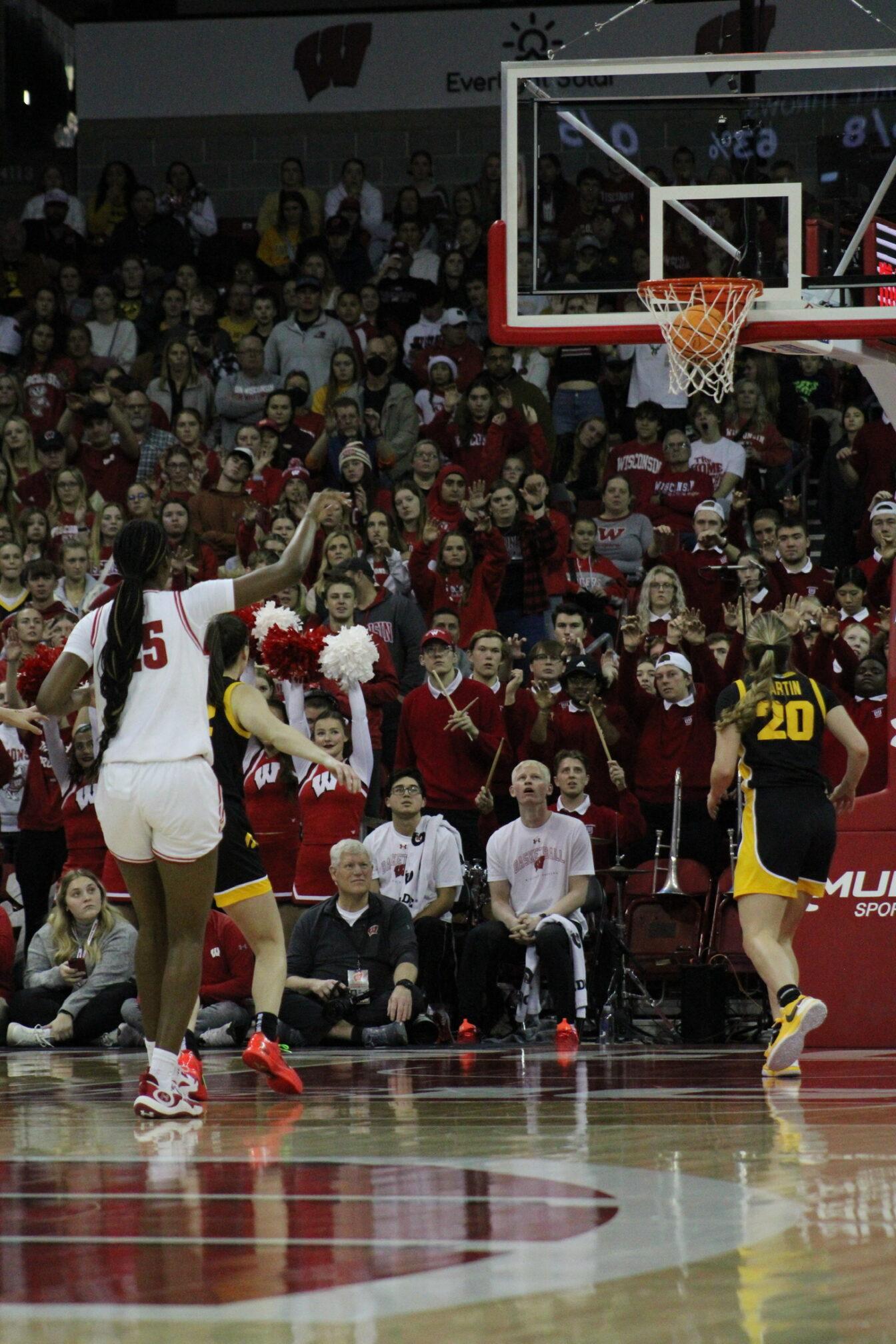
During his seven-year tenure at Wisconsin, head coach Bo Ryan has been able to produce four of Wisconsin’s top 10 scorers, including Alando Tucker, who leads the program in amount of points scored.
But while Tucker may have flourished in the low post at 6-foot-6-inches tall, how does former Badger Brian Butch, who stands at 6 feet 11 inches, shoot for over 30 percent from behind the arc while still getting 667 career rebounds?
The answer is Ryan’s swing offense, which consists of a series of screens and cuts, allowing his players to get open anywhere on the court and operate from any position.
“If you have a post-up game, if you have a shape-up game, if you have a dribble-drive game, it’s all complemented in the swing offense,” Wisconsin senior forward Joe Krabbenhoft said. “You can do any of that. It’s multi-dimensional, and it can fit any player.”
When watching a game, it may seem like an extremely complex offense. But as Wisconsin assistant coach Gary Close said, it is not the actual system that is complicated, but rather the added wrinkles that make it so tough to defend.
“I don’t think it’s that complicated, to tell you the truth,” Close said. “It’s basically got three strains of screen along the baseline, a screen along the lane line and some fades. Now, we have some wrinkles that we throw into it, but the basic swing continuity is not that complicated. People know what’s coming, and it’s just a question of whether they can stop it.”
Part of playing in the swing is being able to adapt to different positions on the court. At times there may be a guard who ends up in the post or a forward who gets the ball at the top of the key. But, especially as a freshman, going against bigger players takes some getting used to.
“I mean as I get older, hopefully my offensive game will begin to grow at this level, and hopefully I will be able to score on those bigger guys with different kinds of moves,” freshman guard Jordan Taylor said. “So, I guess that is part of the reason why I came here, and hopefully it will be the reason why I get to score against those kind of guys.”
While the swing offense gives players the ability to score from any position on the court, it is also selfless, which can be a big change for players who are used to being the go-to guy in high school. But since the swing requires a lot of ball movement, it is difficult to defend.
“I don’t think it has anything to do with the offense — I think it just has to do with college basketball,” Krabbenhoft said. “In high school, one man can take over. But in college basketball, the defenses are a lot better, guys are bigger and faster, and it takes five guys out there. Not always in high school do you need five guys.”
Even as players get older, though, they are still learning different ways to look at the offense and how they can take advantage of their opponents.
“I’m still finding little tricks here and there in my senior season about the swing offense that I didn’t use my first three years,” Krabbenhoft said. “So, it can take some time to learn the little tricks. The basic stuff is pretty simple, but it’s not as simple as it seems.”
While the Badgers do not boast the highest scoring offense in the Big Ten, they still average 65.2 points a game and have the fifth-highest three-point field goal percentage in the conference, averaging 36.6 percent from beyond the arc.
Other teams in the conference may run the motion offense or the “Princeton” offense, but they are all essentially the same. It is just the series of plays and the types of players each team puts on the court that differs.
“There really isn’t a lot of difference,” Close said. “It’s just different cuts. A good offense usually has the same thing. It usually has pretty good movement, pretty good screening and pretty good cutting. You know, the cuts might be the difference.
“If you look a really good motion offense or a good swing offense, or a good Princeton offense, there are a lot of similarities in that they move well, they cut well and they screen well.”
Although the Badgers are not the highest scoring in the team, they are able to use the many advantages they have and adapt the offense to fit their players and adjust to their opponents.
It is not what the swing offense is that makes it so effective, but the players who run it.
“It’s an offense where good players get open [like] players that screen well, players that cut well and players that make good reads,” Close said. “If you can do that, there is enough flexibility and enough continuity that you can get open.”


